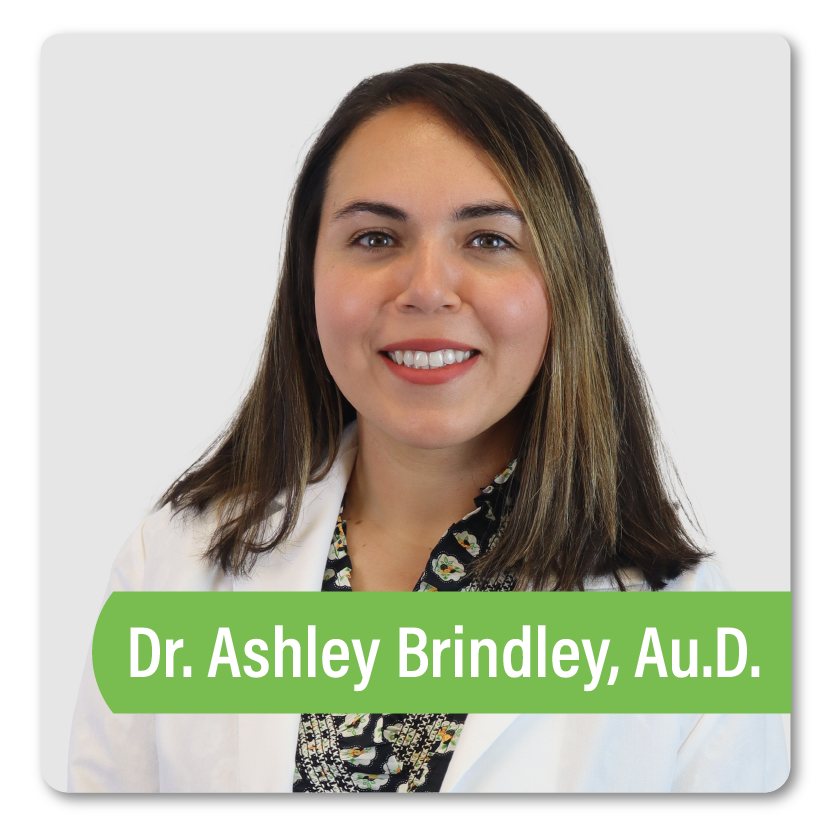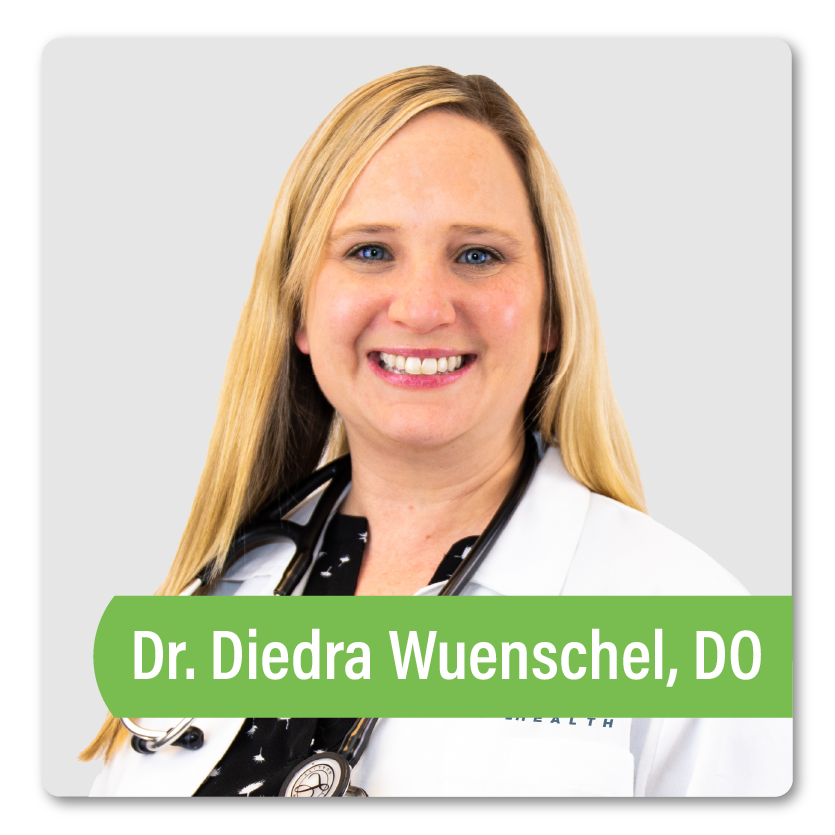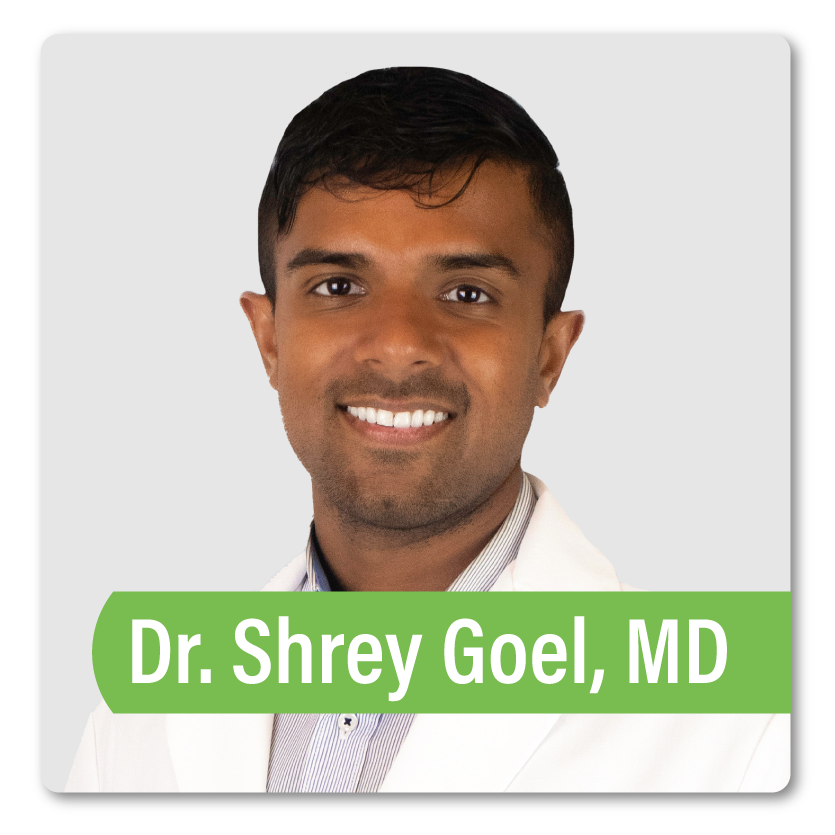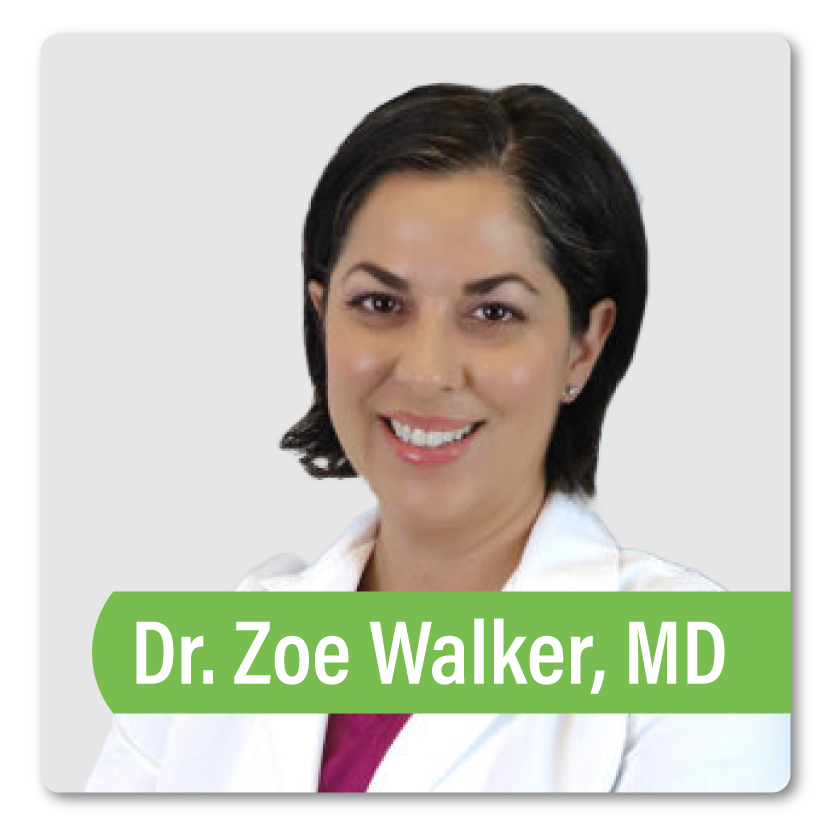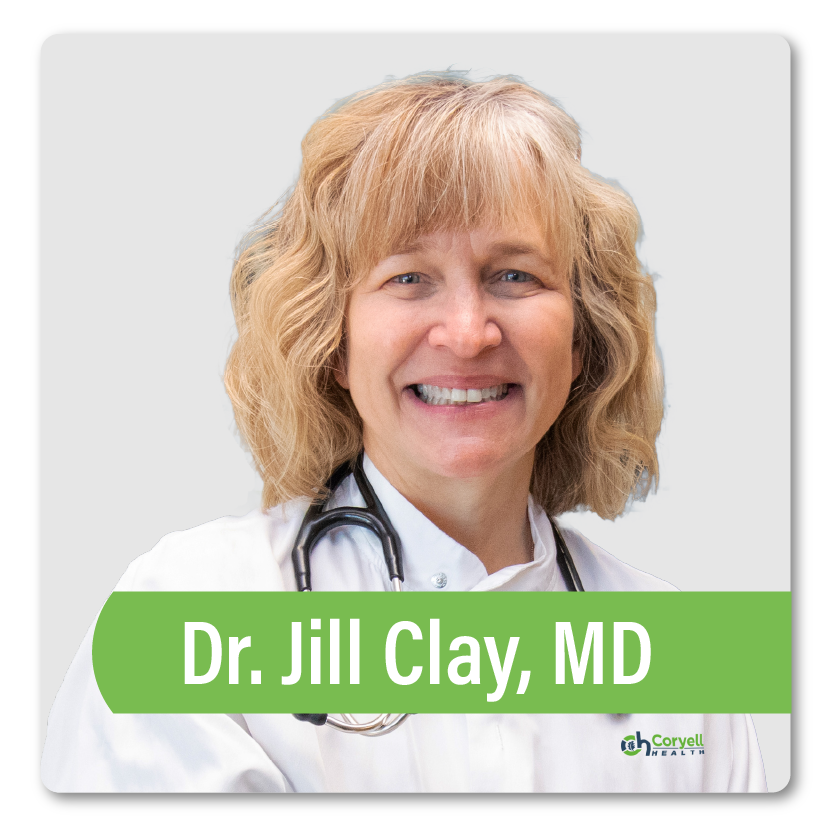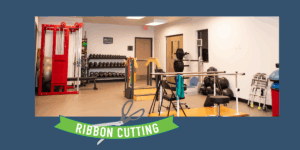Reflecting on a Year of Milestones
From welcoming new practitioners and adding new service offerings to breaking ground on a new clinic location, there’s been a lot to celebrate and be grateful for at Coryell Health this year. As we look back on 2025, we’re especially grateful for our patients, physicians and staff who made it all possible.
We asked our physicians and staff to reflect on their favorite memories from 2025, and their answers reflect the dedication and teamwork that make Coryell Health special.
In March, we celebrated the grand openings of both our McGregor clinic and Copperas Cove clinic alongside the cities’ respective chambers of commerce with ribbon-cutting ceremonies.



“I’m so grateful to have had the opportunity to serve the McGregor community for the past year. From providing sports physicals to McGregor ISD students to hosting our walk-in flu shot clinic, every moment reminds me why I love practicing medicine and bringing high-quality, accessible care to folks.”
– Dr. Colby Cessnun, MD
“The Copperas Cove clinic has quickly become a hub for local families, including many from Fort Cavazos. Knowing that we’re making healthcare more accessible for the military families and neighbors I see each day makes this milestone very rewarding.”
– Dawn Pessa, MSN, FNP-BC

Those weren’t the only milestones ribbon-cutting ceremonies marked this year!
“One of my favorite moments from 2025 was breaking ground on our new Waco clinic. Seeing the vision we’ve worked on for months finally start to take shape reminded me why we do this work: to bring more patient-centered, comprehensive care to the people in our community.” – Clinton Black, Chief Operations Officer
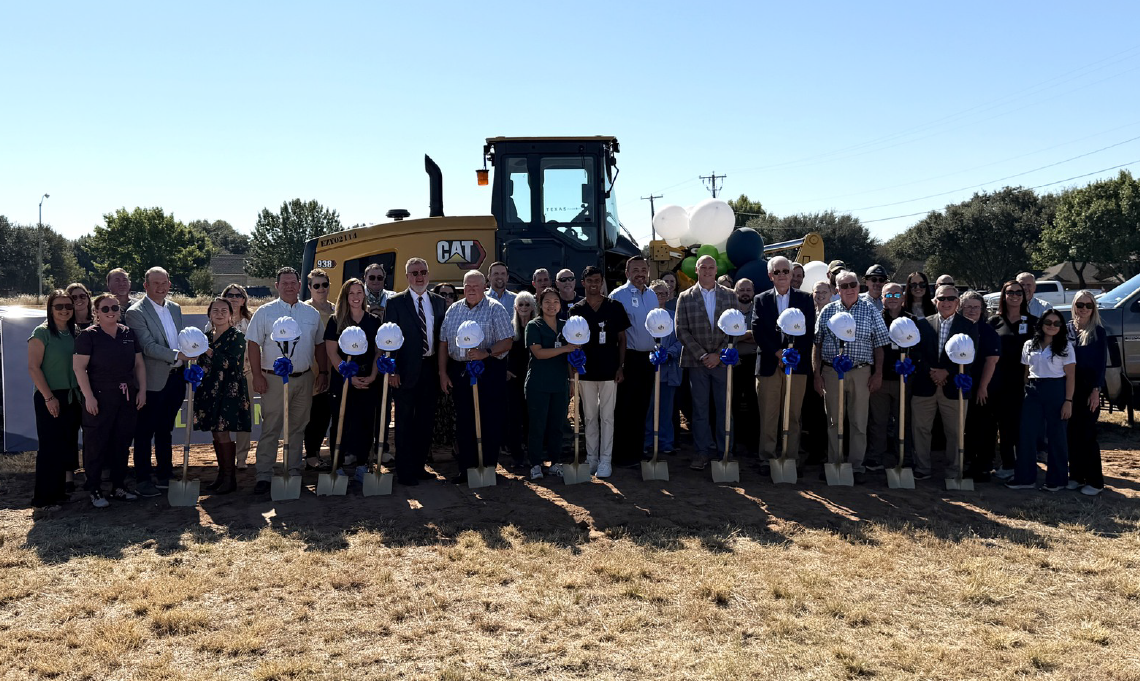
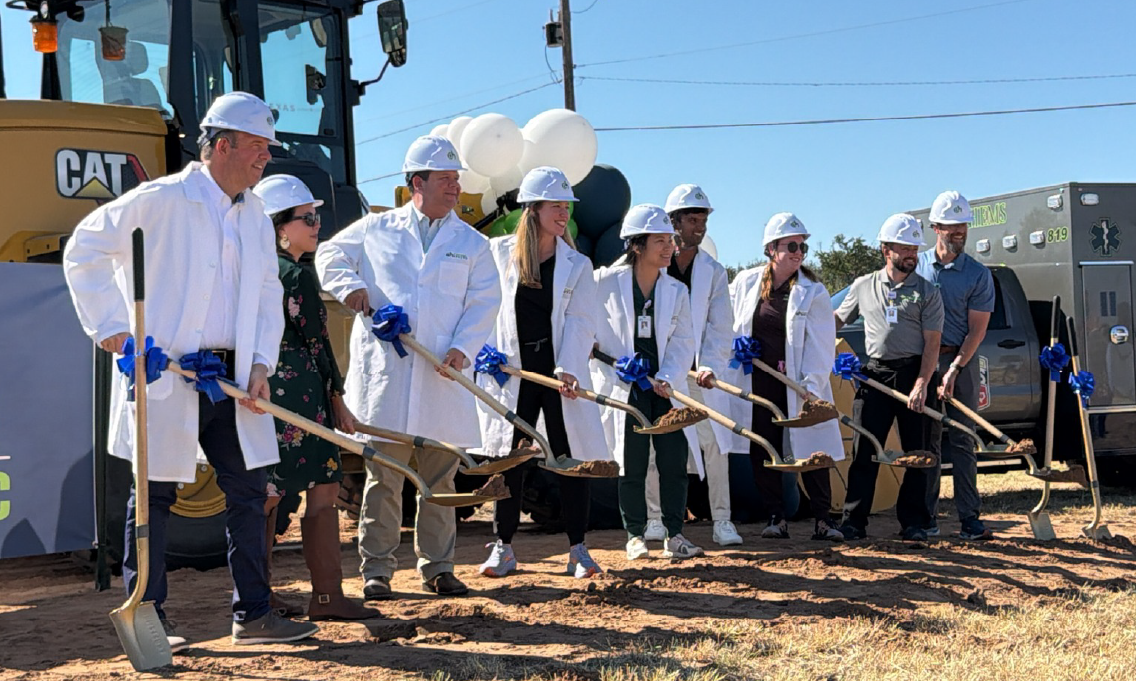

“After 10 years in private practice, I joined Coryell Health because I wanted to be part of something bigger and part of a team that could reach more people in our community. This year, joining this team and seeing the Waco clinic expand to include physical therapy was so exciting.” – Dr. Jacob Brindle, PT, DPT
Dr. Brindle wasn’t the only practitioner who joined Coryell Health this year. In 2025, Coryell Health welcomed five other physicians!
“One of my favorite moments of 2025 was joining Coryell Health and helping bring urology services to the Gatesville community. It’s been very rewarding to help patients get the treatment they need close to home.” – Dr. David Pinkstaff, MD
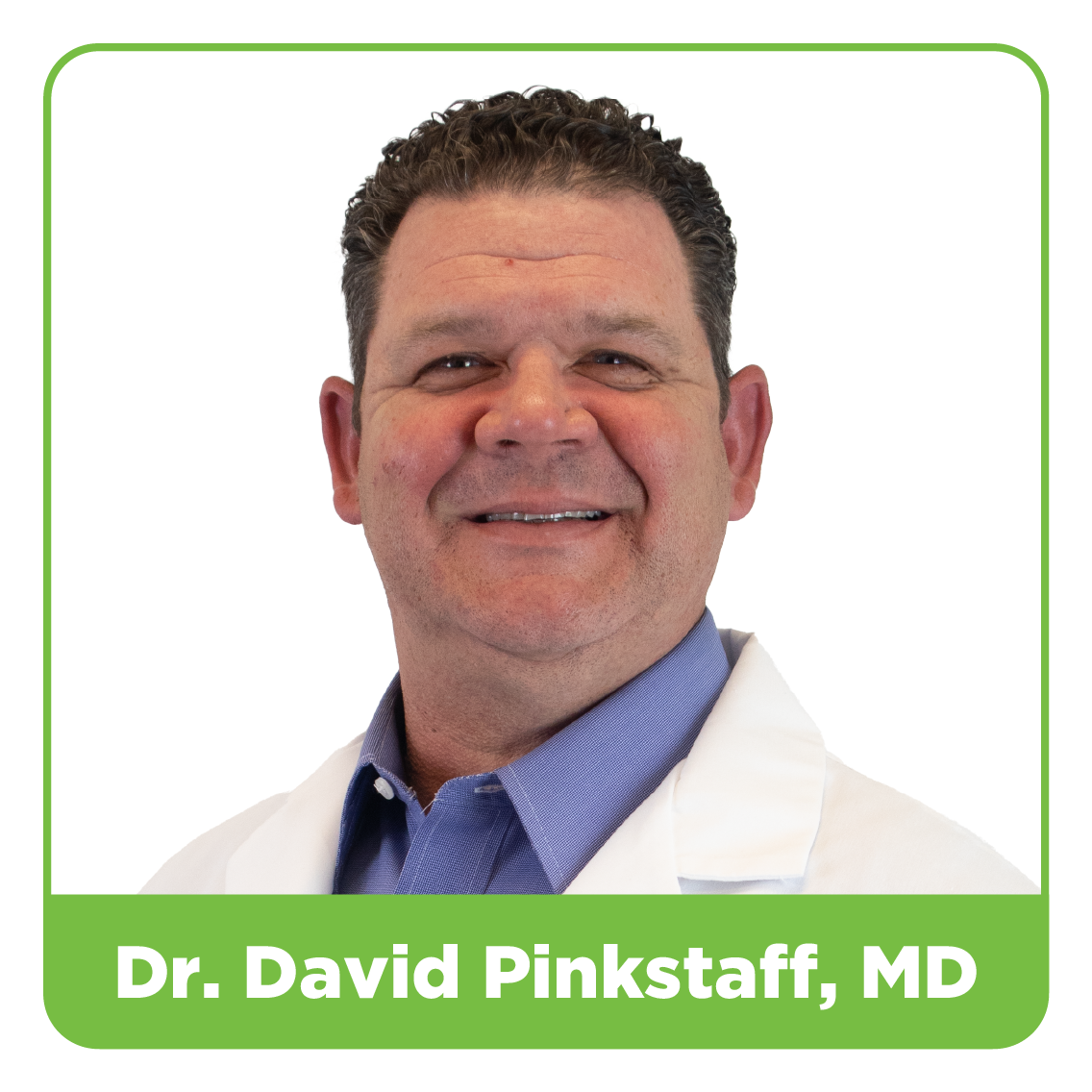

“Joining Coryell Health’s Gatesville team this year has been such a wonderful experience. I’ve loved getting to know patients, their families and becoming part of a community that values strong relationships and compassionate care.” – Dr. Jesse Cover, MD
“Becoming part of Coryell Health this year has been such a meaningful step in my career. I collaborate with such skilled providers in podiatric medicine and wound care, and we’re able to make a real difference for patients with complex needs.” – Dr. Vanessa English, DPM, FACFAS, DABPM
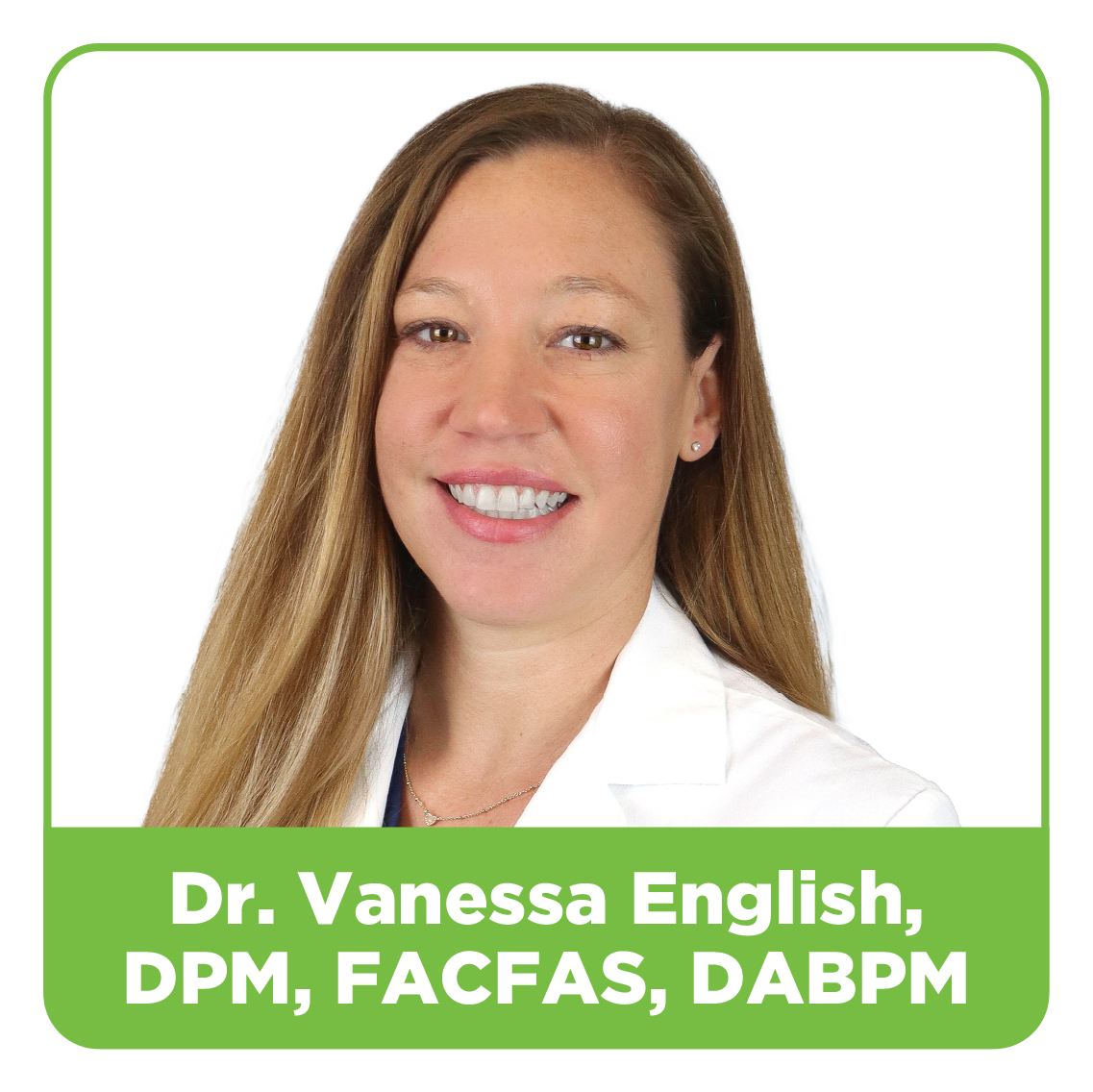

“What drew me to Coryell Health was their commitment to providing comprehensive, compassionate care close to home. Every day, I have the chance to walk with patients through all stages of life. That sense of community and continuity is what makes this work so special.” – Dr. Amy Chung, MD
“From day one at Coryell Health, I’ve felt welcomed by both the patients and the team. It’s been especially rewarding to care for families in Waco and Gatesville, and to be a part of a healthcare system that truly prioritizes access and compassion.” – Dr. Shrey Goel, MD

In addition to welcoming new physicians, our teams have been hard at work and are being recognized for the high level of care they provide.

“The Advanced Wound Center receiving a clinical distinction award was definitely a highlight of this year. This recognition really reflects the hard work and dedication our staff puts into caring for every patient. It’s rewarding to see how our teamwork helps people heal and improves their quality of life.” – Amy Bass, APRN, FNP-C
“Receiving a grant through the Civil Money Penalty Reinvestment Program, allowing us to provide specialized dementia care for all of our RehabLiving team members, is an incredible step forward for our team and the residents we serve. We’re all so grateful for the opportunity to enhance the care we provide to residents and their families.” – Maranda May, LNFA
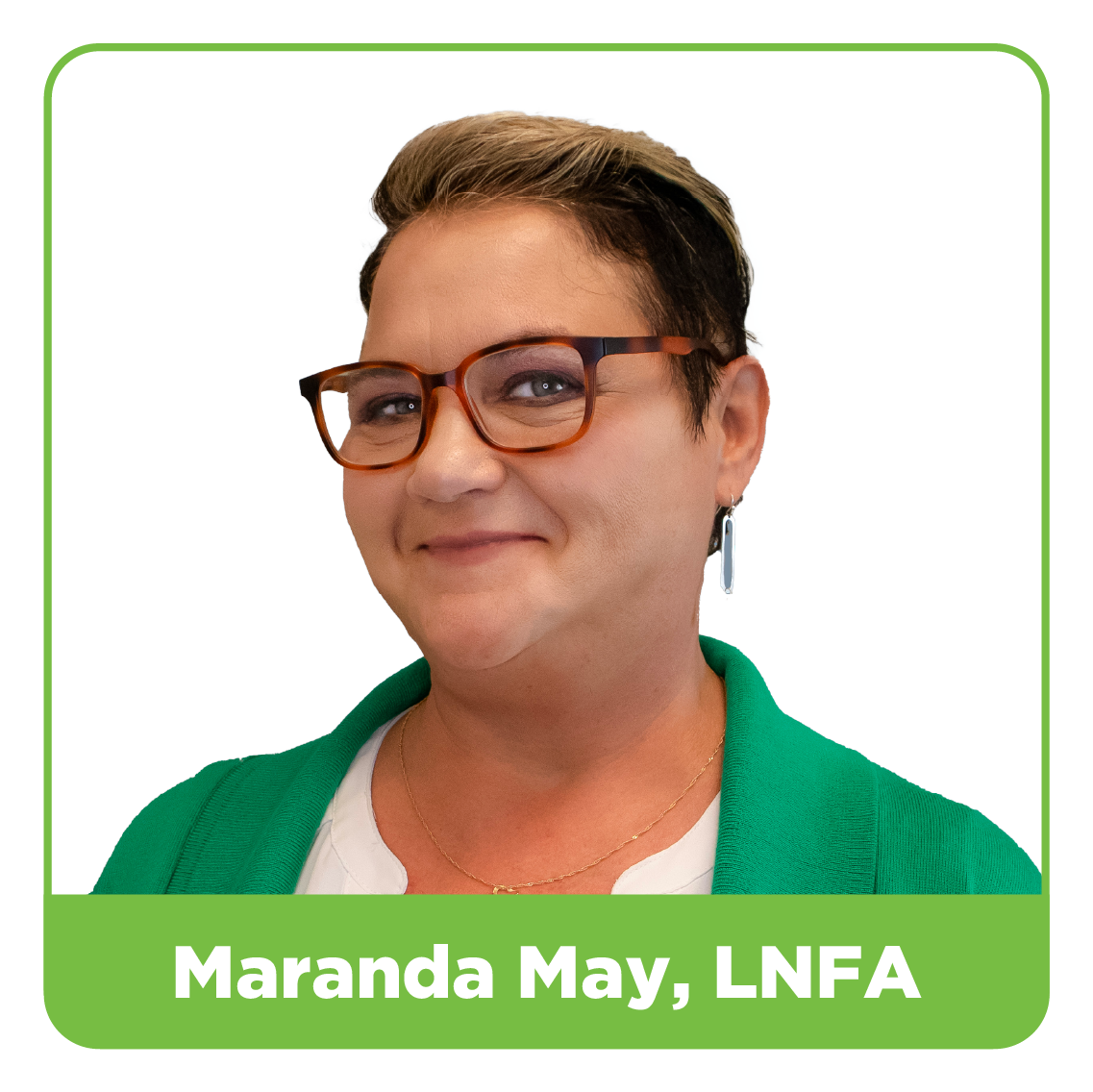
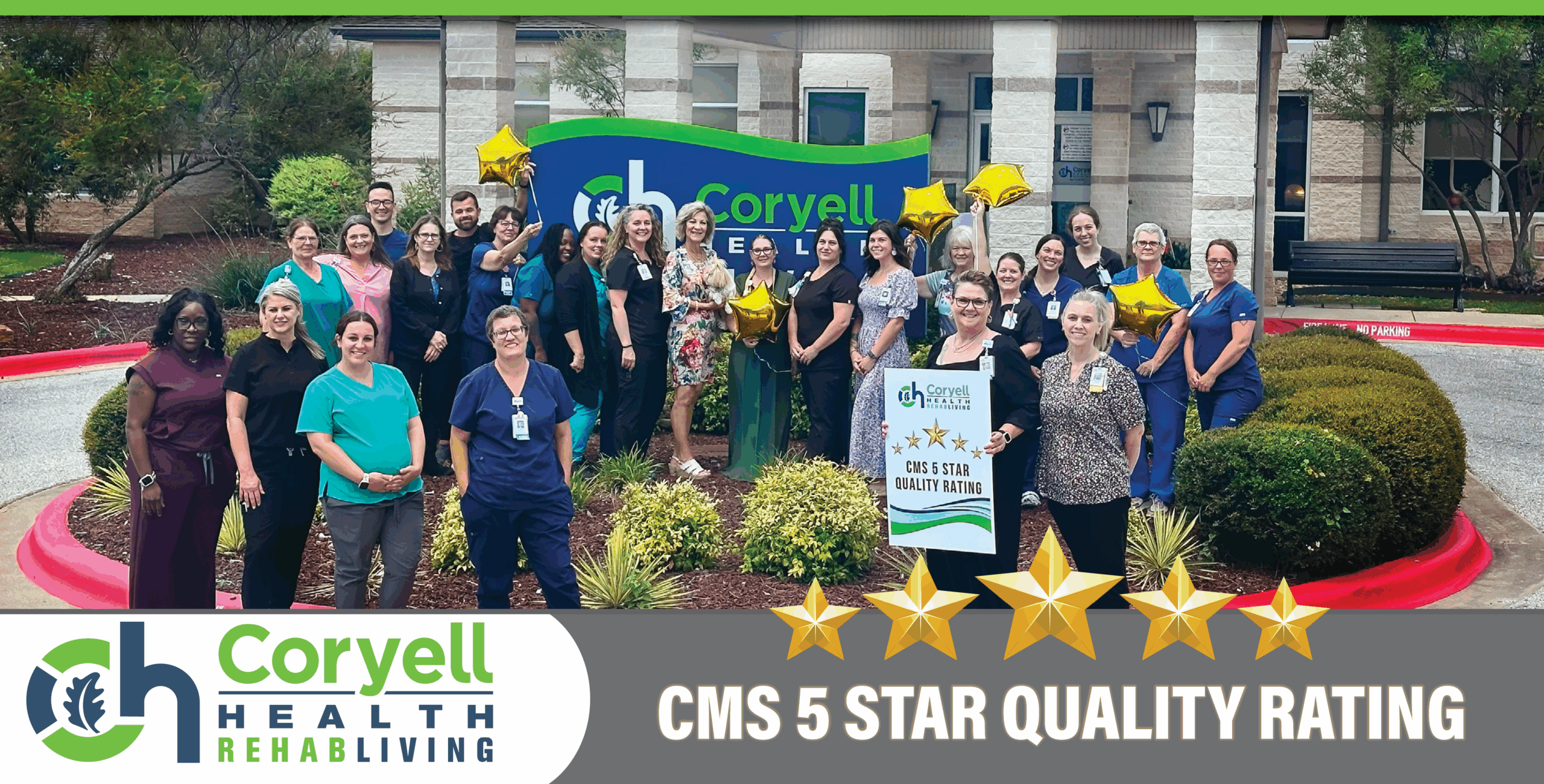

“Looking back on this past year, one moment that stands out to me is our EMS department being recognized by the American Heart Association for our commitment to quality care for heart attacks and strokes in Gatesville. The recognition is an honor, but what it really represents is our commitment to the people we serve every day.” – Daniel Lay, Coryell Health EMS Director
We also appreciated the opportunity to give back to our community.
“This year’s Food for Families fundraiser reminded me why I’m so proud to be a part of Coryell Health. Seeing our staff raise more than $22,000 for the Gatesville Care Center is a moment I’ll always cherish. It was a reminder of who we are as a team: generous, compassionate and deeply rooted in this community.” – Carly Latham, Coryell Health Director of Marketing
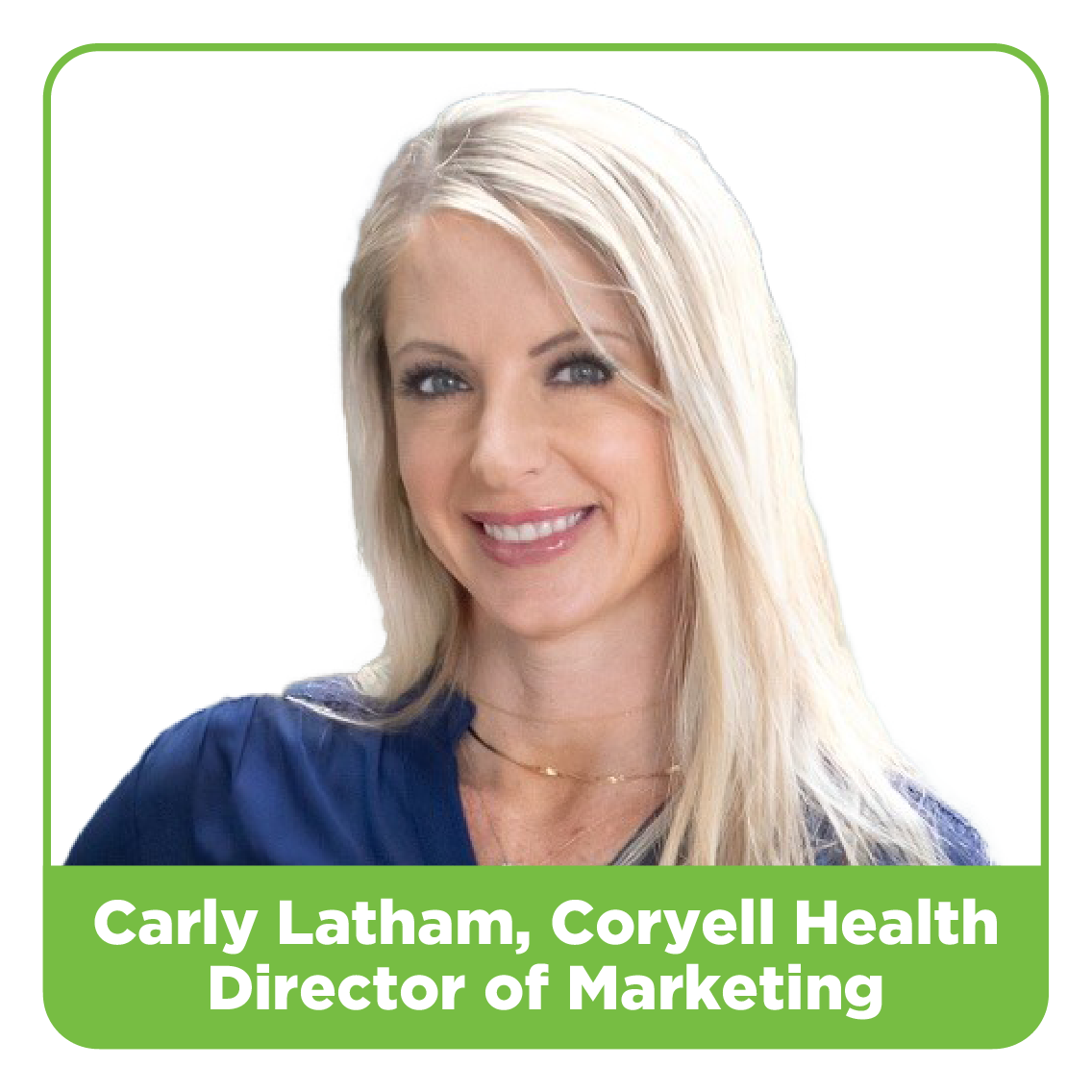

As we close out 2025, our hearts are full of gratitude for our patients who trust us with their care, for our physicians and staff for their dedication to supporting our patients, and for the communities that we serve. We were honored to receive the 75-Year Member Tenure Award from the Texas Hospital Association this year, marking seven and a half decades of service.
Thank you to everyone who helped make 2025 such a special year for Coryell Health, and for your ongoing support every year.
 Skip to content
Skip to content



